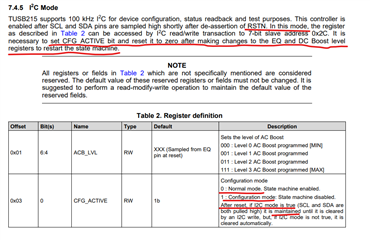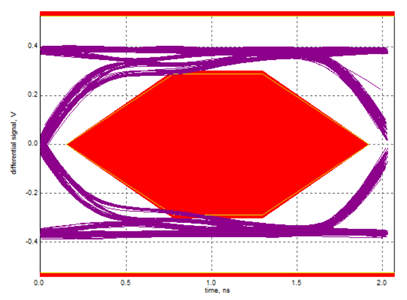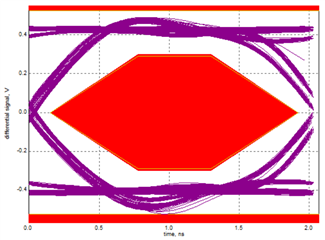Other Parts Discussed in Thread: TUSB214, , TUSB214EVM,
Tool/software:
DearTi,
We are currently testing the TUSB214 in I²C mode based on the procedure outlined in the datasheet and TI E2E forum threads. However, we have encountered two issues and would like your support:
our schematic layout:

We are currently evaluating TUSB216, but due to sample availability, we are conducting preliminary I²C functionality testing using the similar TUSB214 device.
1. Unexpected Initial Value of Register 0x03 (CFG_ACTIVE) after RESET
According to the datasheet (section 7.4.5) and another thread in forum (see Ryan Kitto’s post)
Although schematic put TUSB216 , due to
tusb214 datasheet:

and another E2E thread
the expected behavior mentioned in thread by Ryan and datasheet are :
-
After RSTN toggle and entering I²C mode, register
0x03should return0x35, meaning bit 0 is set (Configuration Mode). -
After configuration, clear bit 0 to
0, making0x03 = 0x34, thus enabling the state machine. 
However, on our board, after RESET and entering I²C mode, we observed that:
-
0x03returns0x74, meaning bit 0 is already0(Normal Mode). -
This contradicts the spec, which states bit 0 should be
1by default in I²C mode.
Could you clarify why 0x03 shows 0x74 instead of the expected 0x35 after reset?
2. EQ/DC Settings Have No Effect on USB Signal Eye Pattern
I wrote an I²C script to automate register writes:
-
0x03set to0x75(Configuration Mode) -
0x01(EQ Boost) set to0x07(Level 3) -
0x0E(DC Boost) set to0x05(60mV) -
0x03set back to0x74(Normal Mode)======== TUSB216 Initialization Log ======== [BEFORE enter active mode] cfg_active: 0x74 [AFTER enter active mode] cfg_active: 0x75 [SETTINGS] Set eq_boost = 3 [SETTINGS] Set dc_boost = 60 mV [BEFORE exit active mode] eq_boost: 0x7 (Level 3 (MAX)) [BEFORE exit active mode] dc_boost: 0x5 (60mV) [AFTER exit active mode] cfg_active: 0x74 [AFTER exit active mode] eq_boost: 0x7 (Level 3 (MAX)) [AFTER exit active mode] dc_boost: 0x5 (60mV) ======== TUSB216 Log Done ========
Despite the register changes, there is no observed improvement or change in the USB signal eye pattern, while the same hardware wired in strap mode (non-I²C) does show the expected enhancement.
Please help to clearify these two question.
Thanks




